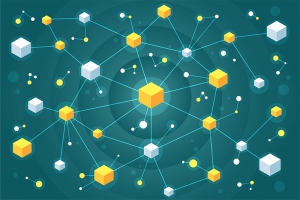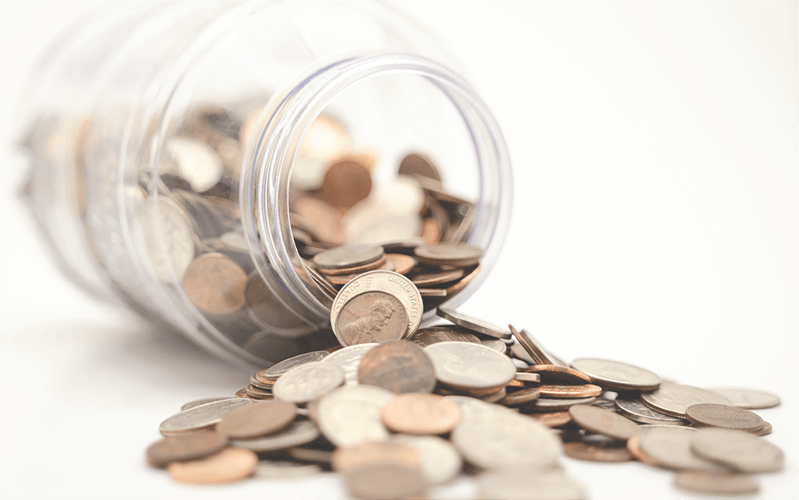Over the past week, we've all been hearing a lot about…
I attended a Des Moines Webgeeks user group meeting about blockchain featuring Dave Wakeman from IBM. His talk centered around how blockchain could be used for business. He talked about an example where Wal-Mart used a blockchain to trace sliced mangos from a store back to where it was grown. Using a manual process, it took more than six days to trace. With a blockchain, that same trace look only 2.2 seconds!
I’m not sold yet. What’s in it for me?
Dave touched on a great value proposition for blockchain. With being able to track food from when it’s harvested to when it gets to a consumer, we’d be able to see where we can improve the logistical process. That could lead to extended shelf life of products and less food waste. The value in identifying weaknesses can sometimes be just as helpful as solving problems like the improved research time of tracing data.
I’m intrigued now. Is it right for me?

Blockchain certainly isn’t the best solution for all industries, but with the right use case it could be a great step forward for your business. What makes for a good use case? The best use cases focus around its benefits. The benefits Dave discussed were traceability, transparency, and security.
The data within a blockchain is permanent, so traceability is built in. A lot of our current databases are set up to keep an audit trail, but that must be manually set up. Also, there is always a way to delete information from a traditional database.
With a blockchain, the data housed is available for everyone to see. There is a reduced chance of fraud if everyone can see all the data. Data integrity can also be increased. Data mistakes are easier to identify if all data is available for everyone. With using a distributed shared ledger, everyone always has access to the same data. If there is a processing error, the data can be corrected by being checked against the same item that someone else has.
Added security is also a characteristic of blockchains. All transactions are processed independently on each of the distributed systems and must be approved before they are recorded. Those transactions are then linked to the prior one across all the systems.
Is it all sunshine and rainbows?
Blockchains certainly aren’t without issues to consider. As with the Wal-Mart example, the data using a blockchain isn’t necessarily going to be any cleaner than it is using current technology. All the data going into the blockchain is going to be manually keyed in, and entry mistakes are bound to happen.
However, the nature of blockchain data is transparent. It would be easier to spot errors – or even fraud – in the data. Another issue with data integrity is what happens between the ledger records. Even if you can trace fruit from Mexico to Texas to Iowa, that doesn’t mean you know the full story on the quality of that fruit. A blockchain simply won’t tell you that.
What’s next?
I was a skeptic of blockchain before I started learning about it. Being exposed to real-world examples has really helped my understanding. We’ll continue to see more industries find creative ways to utilize a blockchain, and I can’t wait to see how this transforms. If you want to learn more about the subject, I highly recommend attending a live discussion. It’s great to be able to ask questions or just listen to what questions other people have.




This Post Has 0 Comments